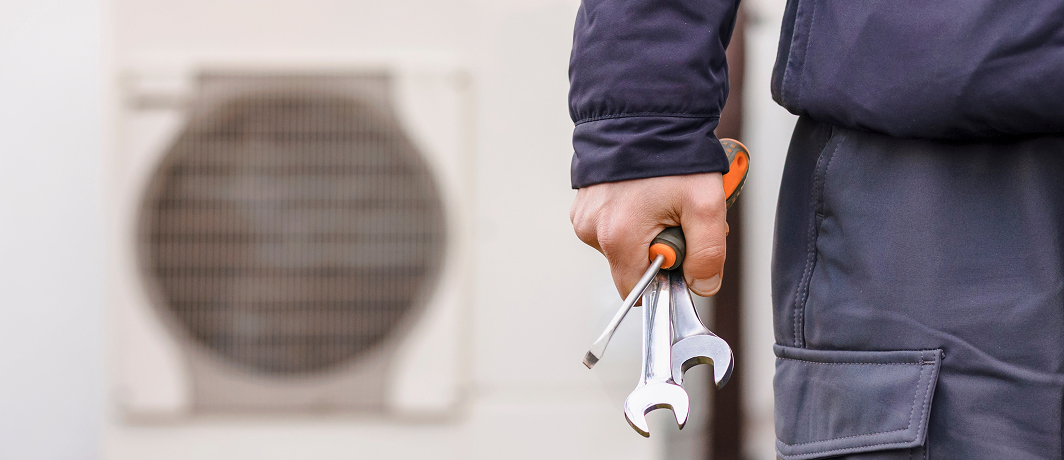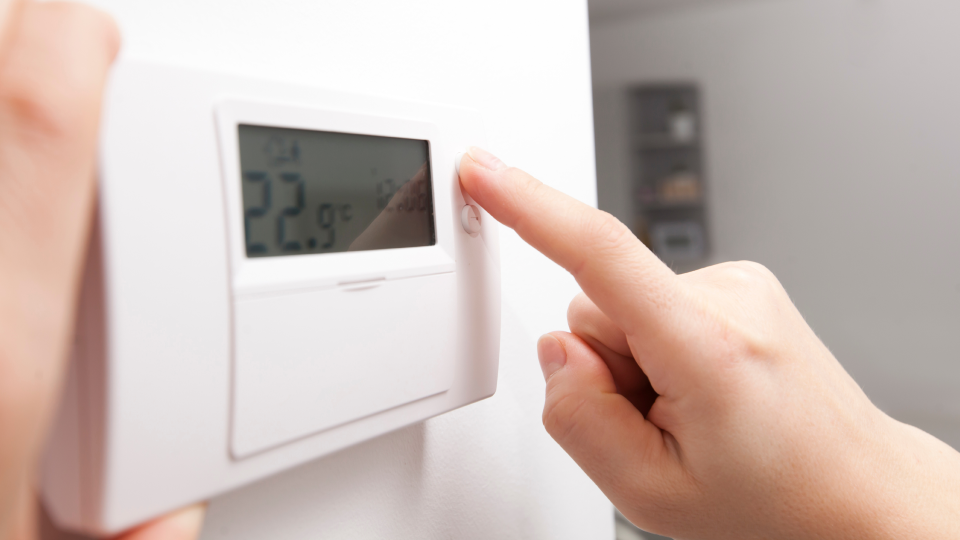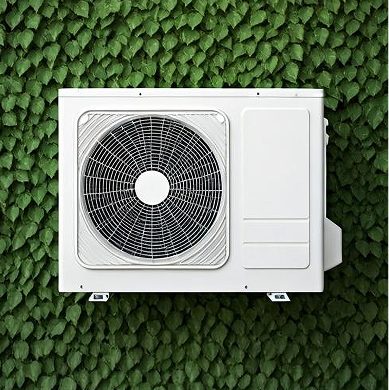If your air source heat pump stops working without warning, leaving you without heating or hot water, it’s going to be more than an inconvenience. In colder months, it could be a serious problem, and an emergency call-out will become essential.
Knowing what to expect from an emergency callout will take a lot of the stress out of the situation. It’ll help you understand what you can safely do while waiting and steps you can take to prevent future breakdowns, such as having regular maintenance scheduled during the year.
Learn what to expect during an air source heat pump emergency call-out, including response times, common issues, costs, and how to stay prepared as a homeowner.

What counts as a heat pump emergency?
Not every fault will need a middle-of-the-night phone call, but when your heat pump stops working and comfort or safety is at risk, it’s time to act. So, what qualifies as an emergency?
Total loss of heating or hot water
An urgent issue, especially during colder months and for families, older adults or vulnerable household members.
Your system is not switching on
If the heat pump doesn’t turn on and you’ve checked your thermostat, power supply, and fuse box, it may be a serious electrical or internal fault. Never ignore an unresponsive unit.
Burning smells or electrical issues
If you smell burning, notice sparks, or hear loud noises, shut the system down immediately at the circuit breaker and call for emergency assistance. These symptoms may point to electrical faults or component overheating, which pose a safety risk if left unattended.
Frozen outdoor unit in winter
A light frost is normal, but if your outdoor unit has iced over and the defrost cycle isn’t working, the system could be under strain. Prolonged freezing can damage components.
Hissing or bubbling sounds
If your heat pump is making hissing or bubbling noises – especially from the outdoor unit – it may be a leaking refrigerant. This reduces performance and can damage the compressor if not addressed quickly.
Error messages or fault codes
If your system displays persistent error codes that are not resolved by restarting, it’s likely protecting itself from further damage. You may need an engineer to diagnose and reset the system.
Short cycling or sudden shut-offs
If the system keeps switching off after short bursts, it could have a faulty sensor, thermostat or component. Short cycling will trigger emergency callouts if left unaddressed.
Unusual noises or vibrations
Grinding, banging, screeching, or rattling usually means something is loose, worn out, or broken. These aren’t ‘normal’ heat pump sounds and could lead to serious mechanical failures.
Tripped breakers or flickering lights
If your heat pump trips your circuit breaker repeatedly or causes lights to flicker when starting up, this could be an electrical load issue or faulty wiring. These symptoms shouldn’t be ignored and require urgent professional inspection.
In all these cases, restoring comfort and avoiding further damage are of prime importance to maintain your system’s long-term performance.
What to expect from an emergency call-out
When your heat pump fails, understanding the emergency call-out process will ease a stressful situation.
Here’s what happens when you contact ServiceMy:
First contact: immediate response and diagnosis
If your air source heat pump breaks down outside regular working hours – or in the middle of a cold snap – you can reach one of our experts.
- You’ll be asked for a description of the fault, including error codes, sounds, or smells
- The engineer may offer simple instructions over the phone to rule out obvious or easily fixable issues
- If the issue sounds serious or can’t be resolved remotely, a call-out will be scheduled as soon as possible
On-site assessment and repair
Once booked, an engineer will arrive at your home to diagnose the issue.
You can expect:
- A clear explanation of what they’ll check
- A full system inspection
- Professional handling of safety-critical issues
Some faults can often be diagnosed and repaired during the same visit. These include:
- Tripped breakers or electrical faults
- Faulty thermostats or sensors
- Blocked filters or airflow obstructions
- Control panel resetting or reprogramming
- Refrigerant top-ups or leak detection (if safe)
If specialised parts are needed, the engineer will explain and book a follow-up visit.
What to do before help arrives
While waiting for a callout, implement these checks to help you stay safe, avoid further damage, and resolve the issue quickly:
- Your fuse box – check for tripped breakers
- Ensure the isolation switch near the unit is switched on
- Thermostat settings – confirm the correct mode and temperature are selected
- Ensure nothing is blocking airflow around the outdoor unit
If you smell burning, see smoke, or hear loud buzzing, turn off the power at the main breaker and keep away from the unit. Record error codes, unusual sounds or smells, and what was happening when the fault occurred. Take photos or videos if possible.
If you have a service plan, have your details to hand.
Common problems that lead to emergency repairs
While some issues develop slowly, others strike without warning – especially if the system hasn’t been serviced regularly. These are the most common faults engineers see during callouts:
Electrical failures
Tripped breakers, faulty wiring, or blown capacitors can stop your system from powering on or cause it to shut down suddenly. These are especially common in colder months.
Frozen outdoor units
If the defrost cycle fails or airflow is blocked, the outdoor unit can freeze over. This stops the heat pump operating properly and risks internal damage.
Refrigerant leaks
Low refrigerant levels reduce efficiency and may generate cold air or a complete shutdown. Hissing or bubbling sounds near the outdoor unit are classic warning signs.
Sensor and thermostat issues
Faulty sensors or unresponsive thermostats can cause the heat pump to short-cycle, run continuously, or fail to start. These faults are difficult to diagnose without the right tools.
Noisy or failing components
Grinding, buzzing, or clunking often points to fan motor or compressor trouble. These need prompt attention.
How long do emergency repairs usually take?
The time taken to fix your heat pump depends on the fault. Our engineers always aim to get things back up and running as quickly as possible.
Minor repairs
It can often be diagnosed and fixed within 1 to 4 hours, provided parts are available.
More complex repairs
Refrigerant leaks, compressor faults or control board issues may require a longer visit – and a follow-up if specialised parts are needed. Your engineer will give you a clear timeframe.
Be ready when it matters
When your heat pump breaks down, a proper maintenance plan will help prevent stressful breakdowns. ServiceMy specialise in air source heat pump services and repairs, offering emergency support, expert engineers, and bespoke maintenance plans.
Need urgent help or want to prevent the next breakdown? Get in touch with ServiceMy today.
Schedule Your Heat Pump Service Today
Don’t wait until efficiency drops, or your pump encounters issues. Investing in routine maintenance for your air source heat pump is the best way to keep your household energy-efficient, cosy, and cost-effective year-round.
Get in touch with our professional servicing team today to schedule your appointment. With extensive experience in heat pump servicing and home energy solutions, we’re here to help you stay warm, save money, and protect your investment.
Maintain your heat pump, and it will reward you with years of efficient and reliable performance!


